The Financial Crimes Enforcement Network’s (FinCEN) proposed two-year delay of the Investment Adviser Anti-Money Laundering (AML) rule marks a pivotal moment for compliance professionals in the investment advisory sector. By shifting the effective date from January 1, 2026, to January 1, 2028, FinCEN has introduced both regulatory relief and new uncertainties for registered investment advisers (RIAs), exempt reporting advisers, and the broader financial ecosystem. This development demands a nuanced understanding of the evolving regulatory landscape, the technological and operational challenges ahead, and the strategic opportunities for compliance teams to recalibrate their AML programs.
NETBankAudit experts have over 25 years of experience in AML audits and compliance for financial institutions. If you have any questions after reading this guide, please reach out to our team.
Overview of the Delay: Regulatory Relief and Uncertainty
On September 19, 2025, FinCEN formally proposed a two-year postponement of the Investment Adviser AML rule, moving the effective date to January 1, 2028. This delay is not merely a procedural adjustment; it fundamentally alters the compliance planning horizon for investment advisers and their counterparties. The proposed amendment is narrowly focused on the effective date, but FinCEN has signaled that further substantive changes to the rule may be forthcoming before it takes effect. This creates a dynamic environment where compliance professionals must remain vigilant and adaptable as the regulatory framework continues to evolve.
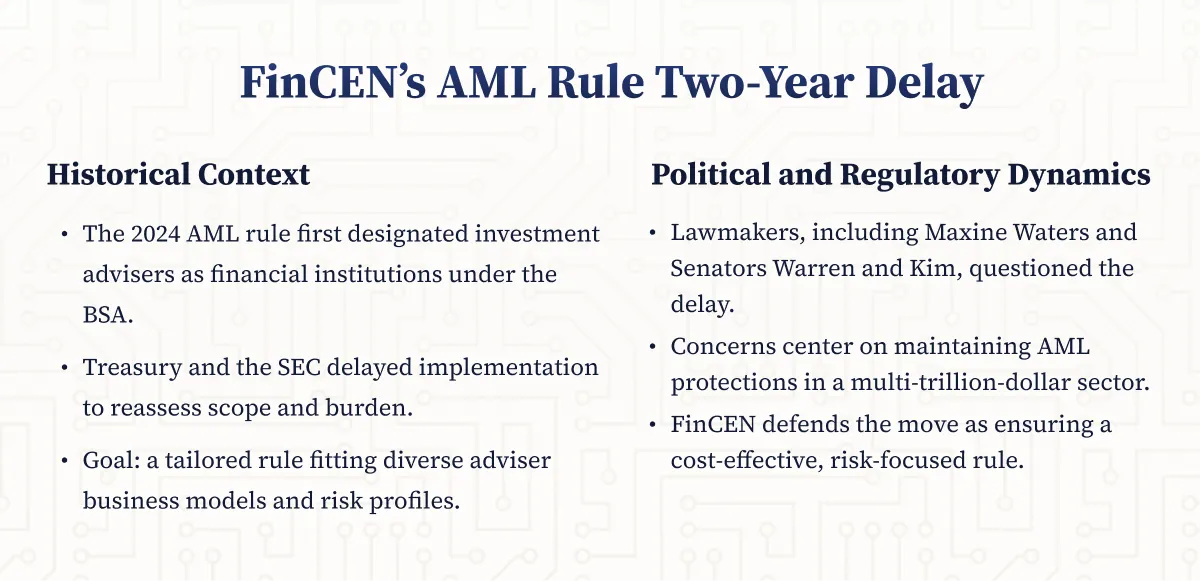
Historical Context and Regulatory Evolution
The journey toward formal AML obligations for investment advisers has been protracted. The proposed 2024 AML rule was a watershed moment, designating certain registered investment advisers and exempt reporting advisers as “financial institutions” under the Bank Secrecy Act (BSA). This move aimed to close longstanding gaps in AML oversight, as the investment adviser sector had historically been vulnerable to exploitation for illicit finance due to limited regulatory scrutiny.
Originally, the rule was set for finalization in fall 2024, with a one-year implementation window. However, Treasury’s July 2025 announcement of its intent to delay the rule’s effective date by two years, while reconsidering its scope and design in collaboration with the Securities and Exchange Commission (SEC), has effectively suspended the original timeline. This approach reflects a broader regulatory strategy to ensure the rule is appropriately tailored to the diverse business models and risk profiles within the investment adviser sector, while minimizing unnecessary or duplicative compliance burdens.
Current Regulatory Landscape and Political Dynamics
The delay has not gone unnoticed in Washington. Prominent Democratic lawmakers, including Ranking Member Maxine Waters and Senators Warren and Kim, have publicly questioned the rationale for postponement and expressed concerns about potential rollbacks of AML protections for the multi-trillion dollar investment adviser sector. Their scrutiny underscores the tension between regulatory burden and the imperative to safeguard the financial system from money laundering and terrorist financing.
FinCEN has opened a 30-day comment period for the Notice of Proposed Rulemaking (NPRM), ending October 22, 2025. The agency’s stated rationale for the delay is to ensure the rule achieves an optimal balance between cost and benefit, while adequately protecting the U.S. financial system from illicit finance risks.
Key Stakeholders and Market Impact
The delay’s impact extends well beyond the directly regulated investment advisers. Covered Investment Advisers (Covered IAs), including registered investment advisers and exempt reporting advisers meeting specific thresholds, are the primary entities affected. These firms will ultimately be required to establish robust AML programs, file suspicious activity reports (SARs), and maintain detailed records.
However, the ripple effects are felt across the financial sector. Banks, custodians, and other financial institutions that interact with investment advisers may face heightened due diligence requirements. The interconnected nature of the financial system means that the delay’s implications are far-reaching, affecting onboarding, ongoing monitoring, and risk management practices across multiple market participants.
Risk-Based Approach and Flexibility
The rule’s risk-based approach requires investment advisers to tailor their AML programs to their specific business models and risk profiles. This flexibility is intended to ensure effective risk management without imposing unnecessary friction on legitimate customer relationships.
Technological Infrastructure and Implementation Challenges
The extended timeline has significant implications for technology planning and implementation. The original roadmap envisioned a phased approach to compliance, but the delay necessitates a recalibration of these plans. Compliance professionals must now consider how to leverage the additional time to build more resilient and scalable technological solutions.
.webp)
Core Technological Requirements
Investment advisers will need to implement:
- Transaction monitoring systems capable of real-time detection of suspicious activity.
- Sanctions screening tools to prevent engagement with restricted entities.
- Automated SAR filing systems integrated with existing compliance infrastructure.
These systems must be robust, configurable, and capable of integrating with legacy platforms to ensure operational efficiency and regulatory compliance.
Data Management and Quality
High-quality data is the foundation of effective AML compliance. Investment advisers must develop systems that can accurately capture, store, and analyze customer data to support customer due diligence (CDD) and ongoing monitoring. The ability to understand complex customer relationships and identify suspicious transactions hinges on comprehensive and accessible data management.
Artificial Intelligence and Machine Learning
Emerging technologies such as artificial intelligence (AI) and machine learning (ML) offer significant opportunities to enhance AML effectiveness.
Use cases include:
- Automated risk data refresh and entity resolution to improve screening accuracy.
- Large-scale transaction analysis to surface previously undetected risks.
- Dynamic risk scoring and alert prioritization to optimize compliance workflows.
Program Structure and Compliance Framework
The AML rule requires investment advisers to implement programs built on the five pillars mandated for other financial institutions:
- Internal controls
- Independent testing
- AML Officer designation
- AML training
- Customer due diligence (CDD)
Additionally, investment advisers must establish processes for suspicious activity reporting as part of their AML program.
Customer Definition and Scope
The rule defines “customers” as natural and legal persons who enter into an advisory relationship with an investment adviser. For advisers serving as primary advisers to private funds or unregistered pooled investment vehicles, compliance obligations extend to risk-based assessments of fund investors, applying the same risk factors used for directly managed customer assets.
Exclusions and Future Rulemakings
Notably, investment adviser AML programs are not currently required to include customer identification programs (CIP) or collect beneficial ownership data for legal entity customers. However, these requirements may be introduced in future rulemakings, and compliance professionals should monitor regulatory developments closely.
%201%20(1).svg)
%201.svg)
THE GOLD STANDARD INCybersecurity and Regulatory Compliance
Risk Assessment and Monitoring Protocols
A risk-based approach is central to the rule’s philosophy. Investment advisers must conduct thorough risk assessments for each client, considering factors such as client type, source of funds, and expected transaction patterns. Ongoing monitoring systems must be capable of continuously evaluating client activities to detect suspicious transactions.
Independent Testing
Periodic independent reviews of AML policies and procedures are required, and are typically every 12-18 months. These reviews must be conducted by qualified personnel independent of those responsible for executing AML tasks, ensuring objectivity and the identification of areas for improvement.
Strategic Recommendations for Compliance Professionals
The two-year delay should not be viewed as a reprieve, but as an opportunity for strategic preparation. Compliance professionals should adopt a phased approach that balances immediate readiness with flexibility for potential rule modifications.
.png)
Phased Preparedness and Technology Investment
Prioritize investment in scalable, configurable compliance modules that can be tailored to the unique needs of investment advisers. Automated solutions for customer due diligence, transaction monitoring, and SAR filing will streamline processes and reduce the risk of human error.
Regulatory Monitoring and Industry Engagement
Given FinCEN’s indication that further changes may be proposed, compliance teams should establish systematic monitoring of regulatory developments and actively participate in industry comment processes to help shape the final rule.
Cross-Functional Collaboration and Vendor Partnerships
Collaboration with technology, operations, and business teams is essential for developing implementation strategies that align with both business objectives and regulatory requirements. Early engagement with technology vendors will ensure better customization and support as the 2028 deadline approaches.
Navigating Uncertainty with Strategic Foresight
The delay of the Investment Adviser AML rule presents both opportunities and challenges. While the extended timeline provides additional preparation time, the regulatory uncertainty and potential for substantive changes require adaptive strategies. Organizations that leverage this period for strategic technology investment, robust risk assessment, and proactive regulatory engagement will be best positioned for successful compliance and long-term resilience.
How NETBankAudit Can Help
NETBankAudit specializes in AML compliance, risk assessment, and technology integration for investment advisers and financial institutions. Our team brings decades of experience in designing, testing, and optimizing AML programs tailored to your unique risk profile and operational needs. We offer:
- Independent AML program reviews and gap assessments
- Technology solution evaluation and implementation support
- Custom training for compliance teams and executive leadership
- Ongoing regulatory monitoring and advisory services
Contact NETBankAudit to prepare for the evolving AML landscape and ready to meet future regulatory expectations with confidence.
.avif)

.svg)
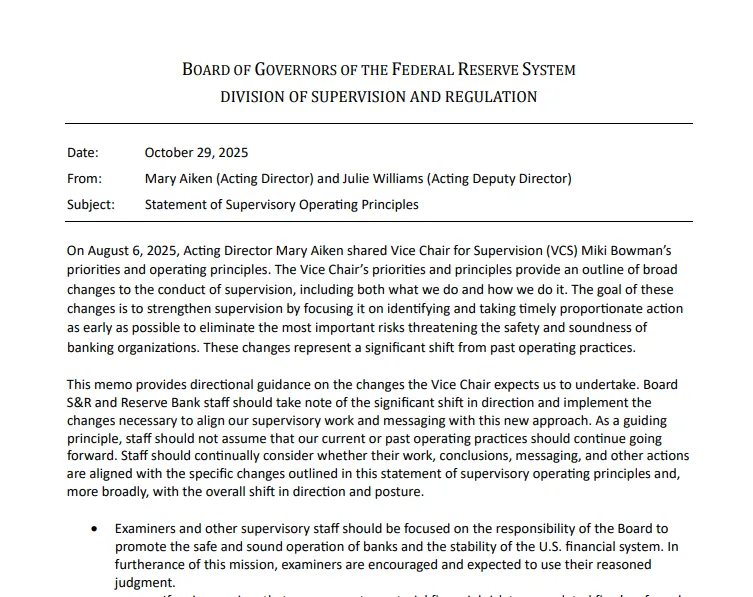
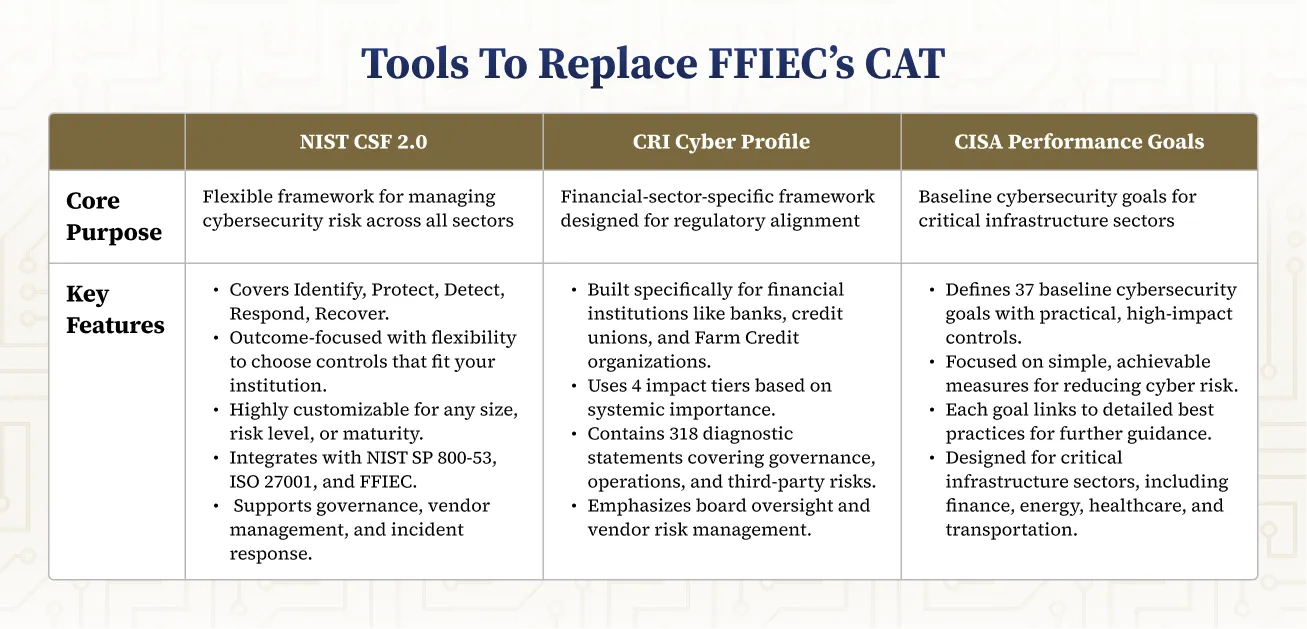
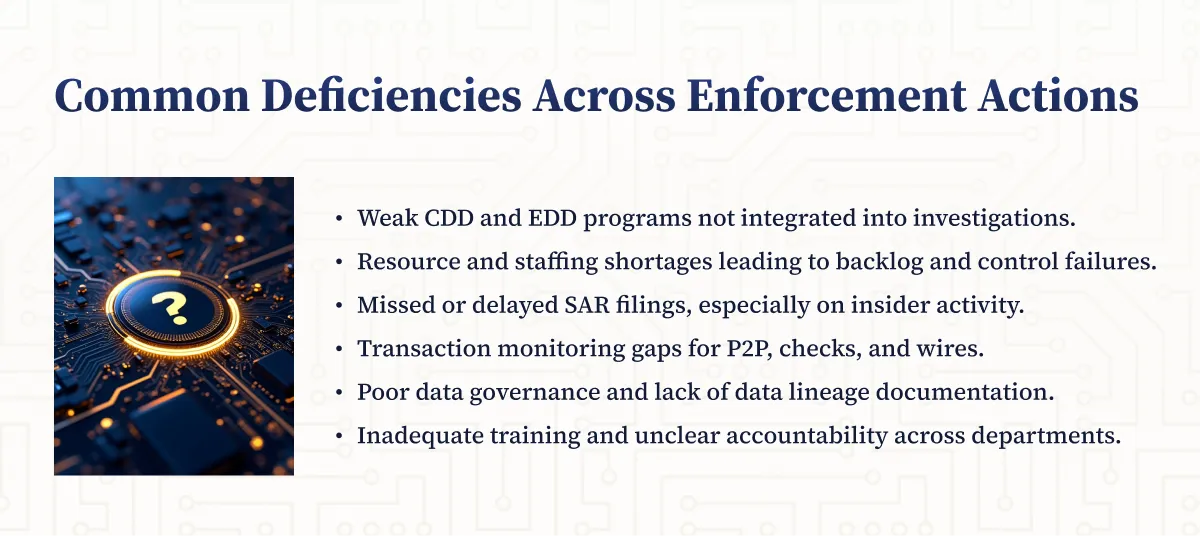
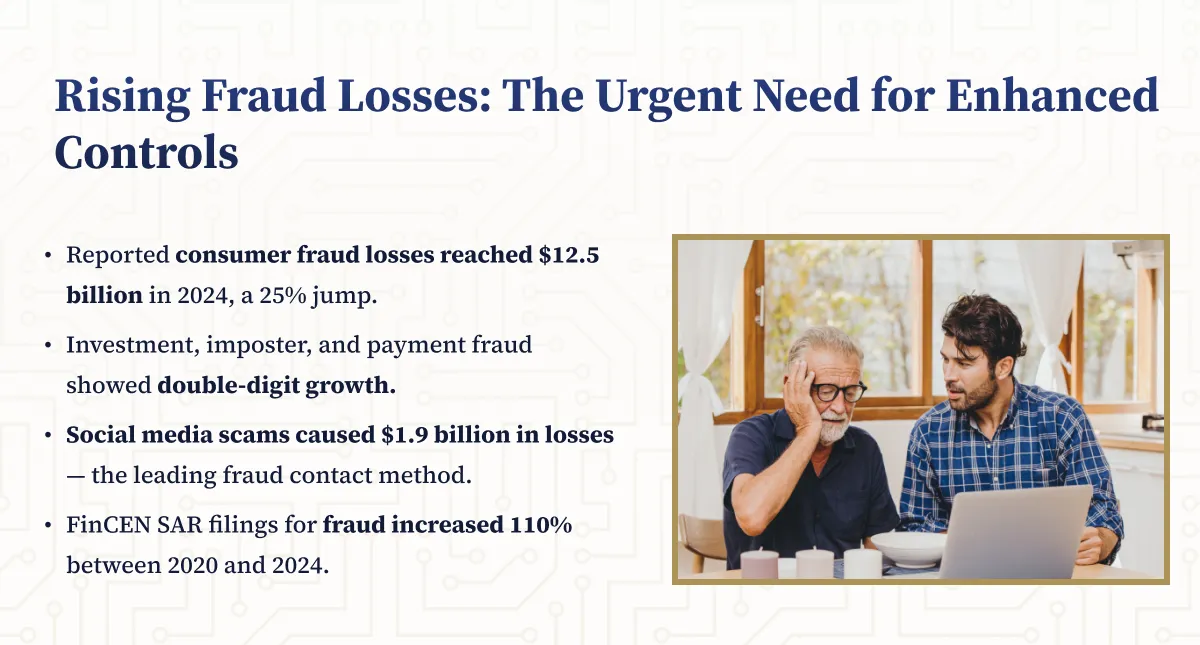
.webp)
.png)
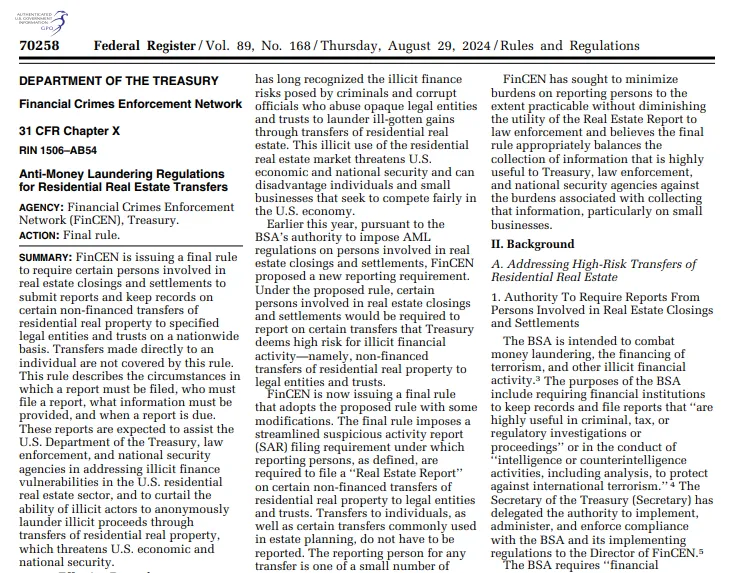
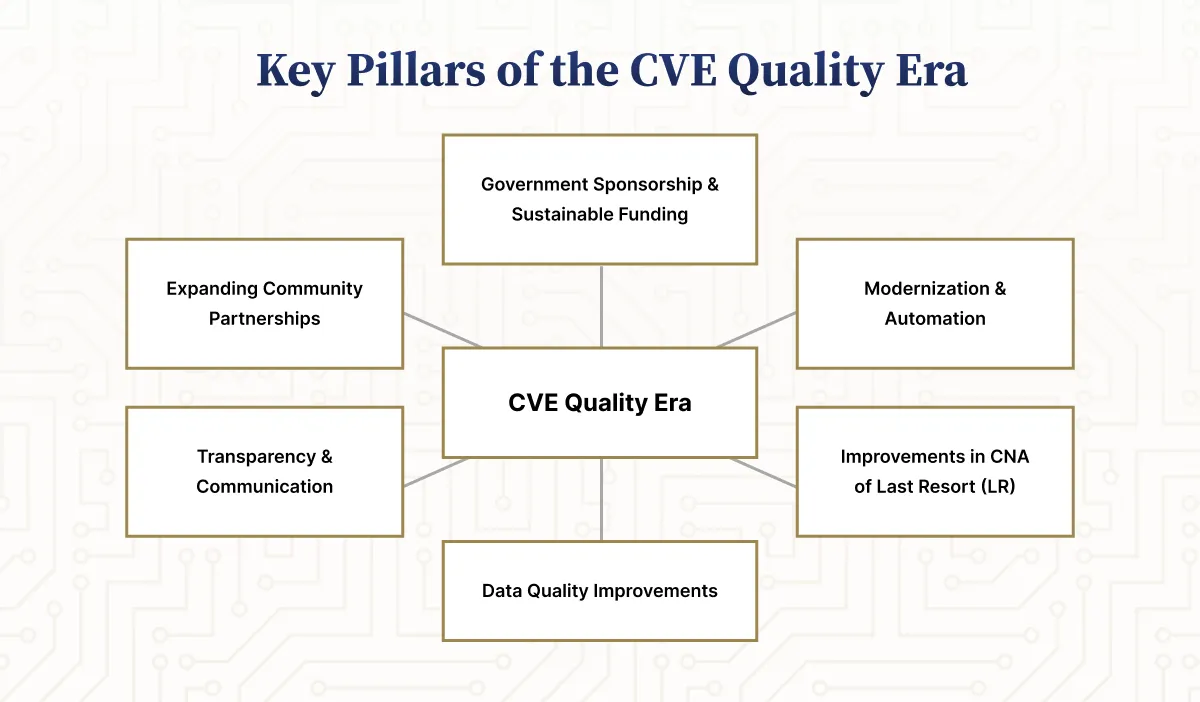
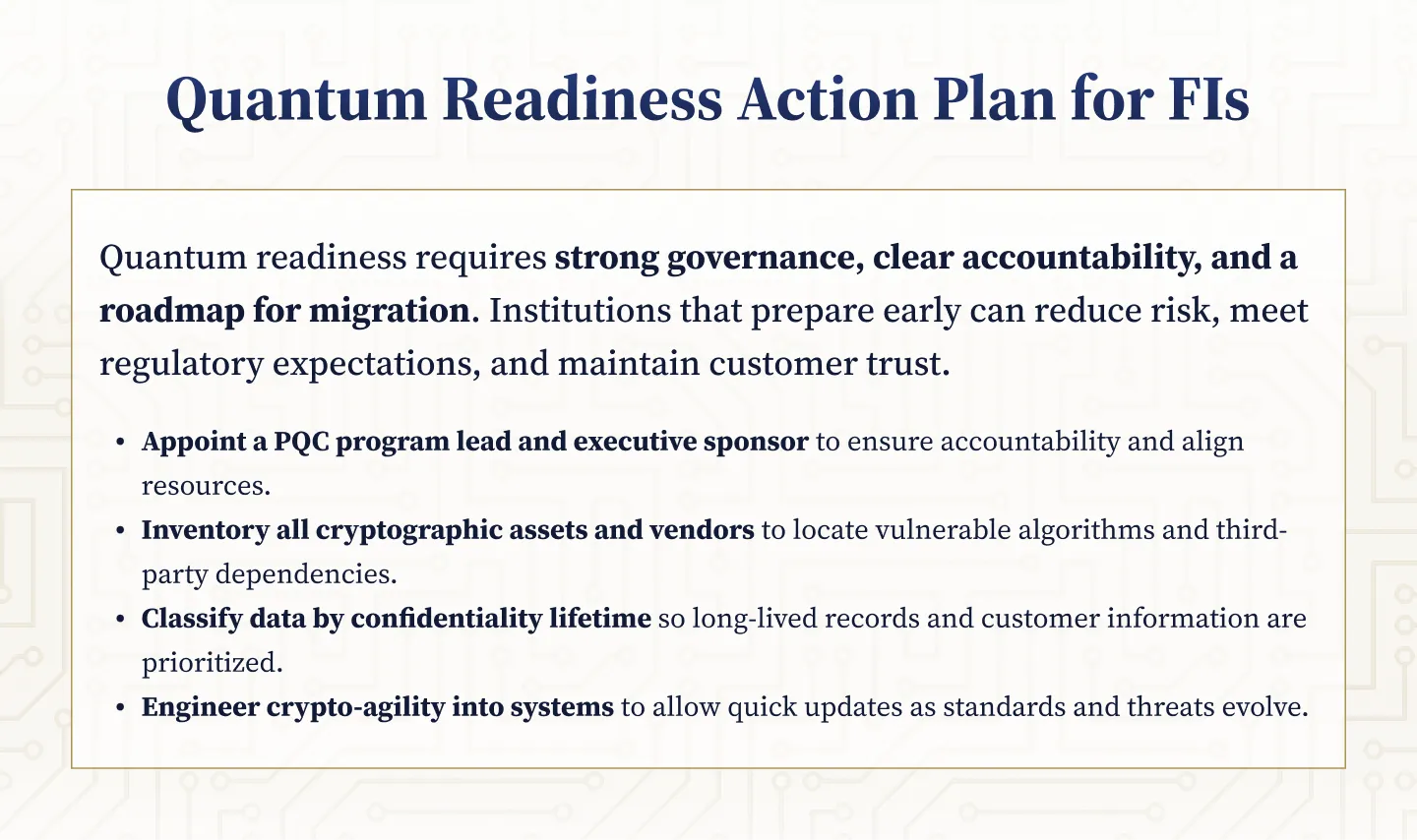
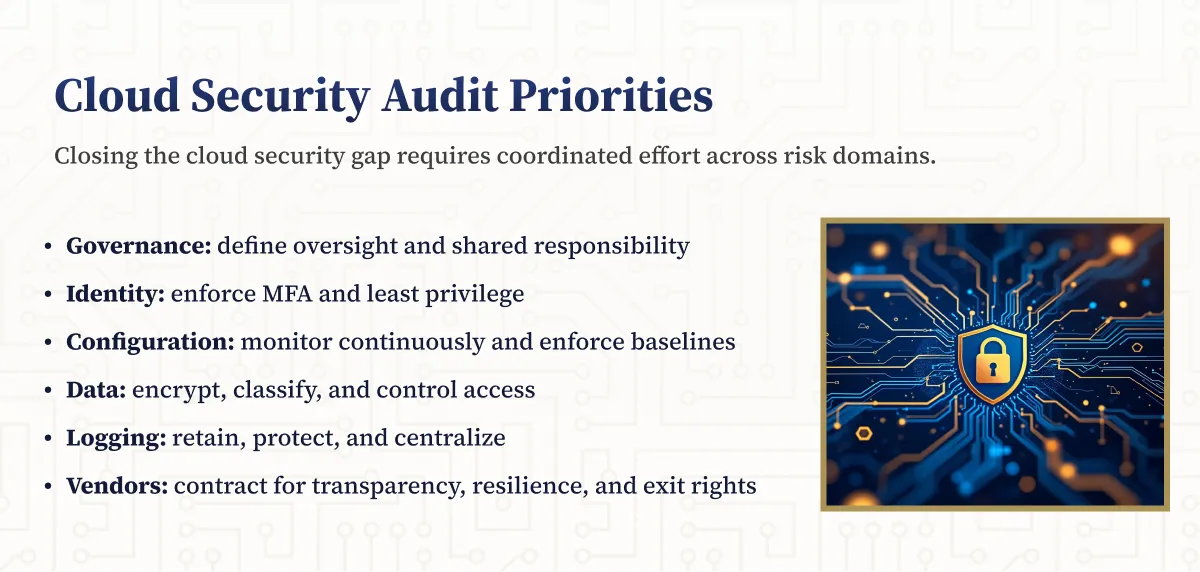
.webp)

.webp)











.webp)



.webp)

%201.webp)
.webp)
%20(3).webp)


.webp)


%20Works.webp)


.webp)




.webp)
%20(1).webp)

.webp)










.webp)
.webp)

.webp)
.webp)
.webp)
.webp)
.webp)
.webp)
%201.svg)